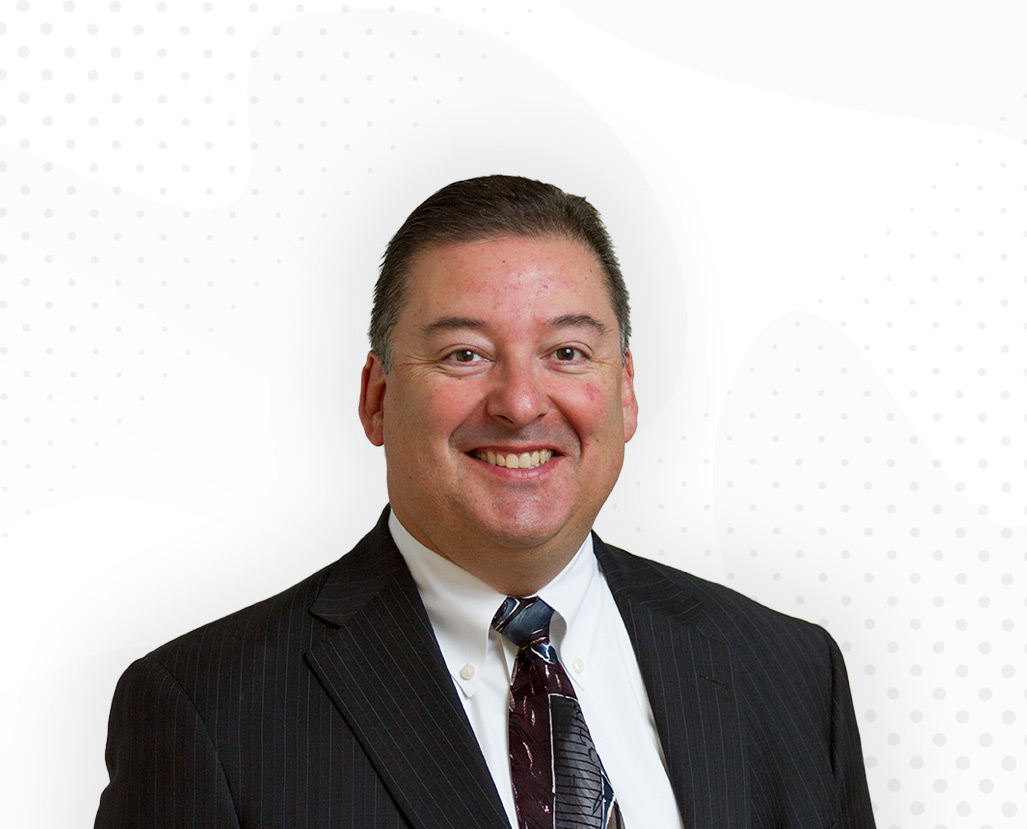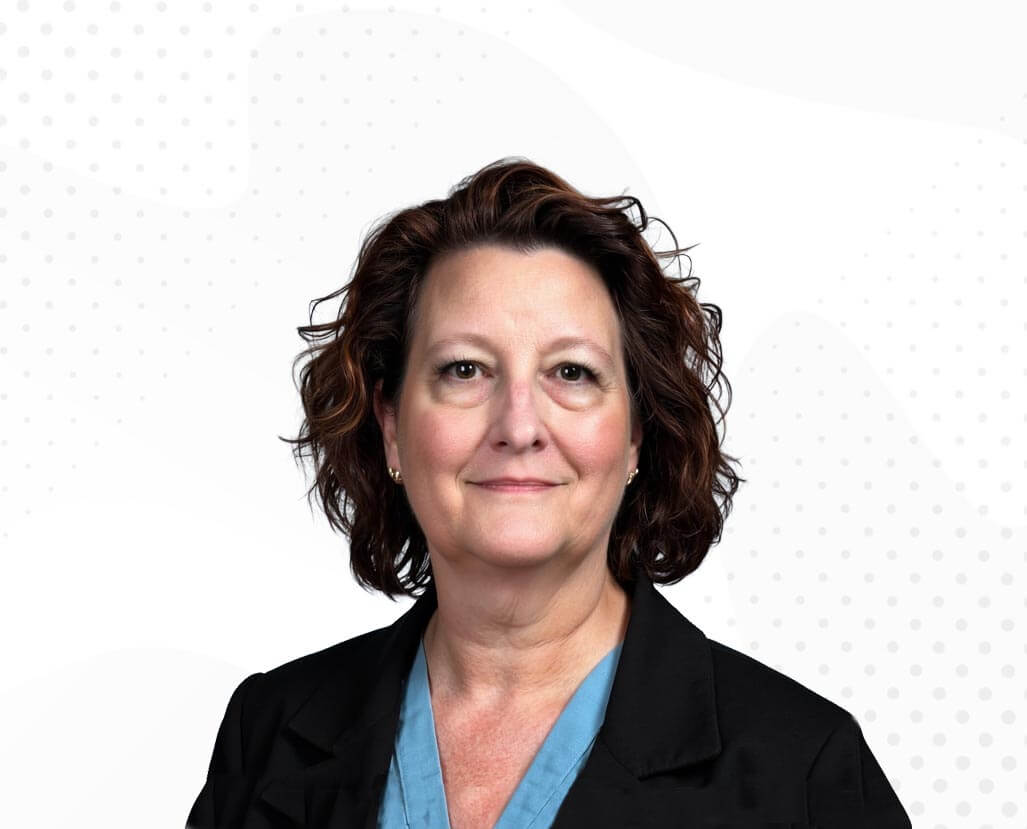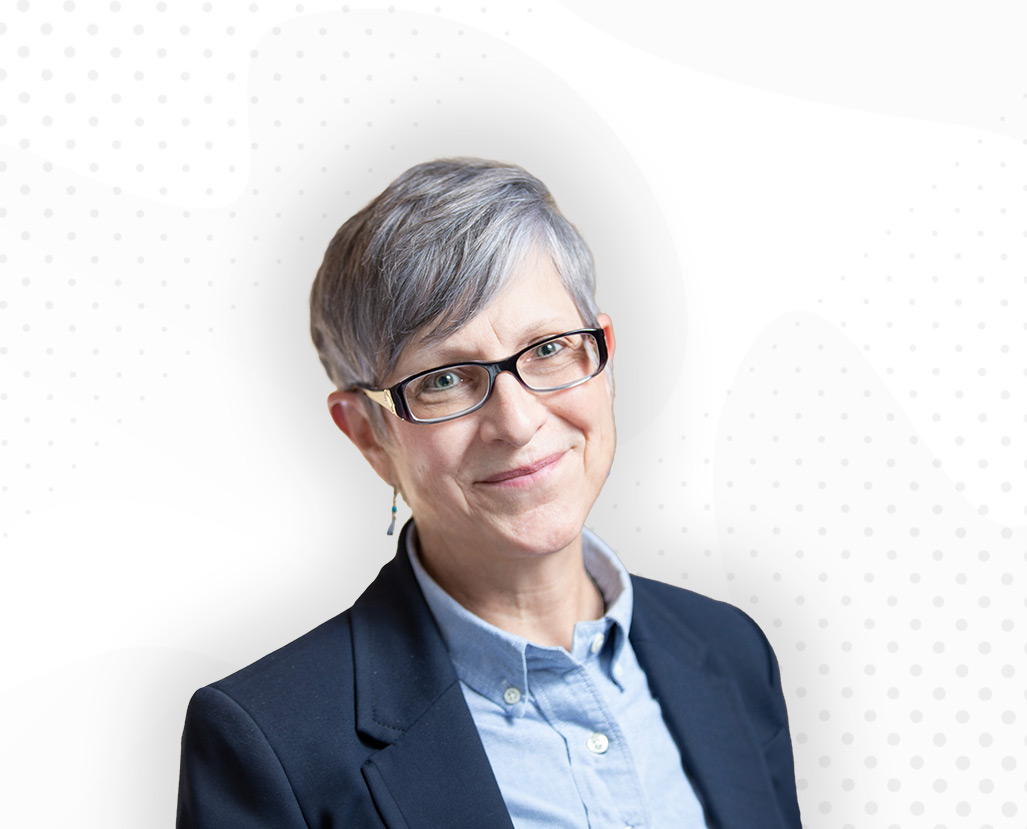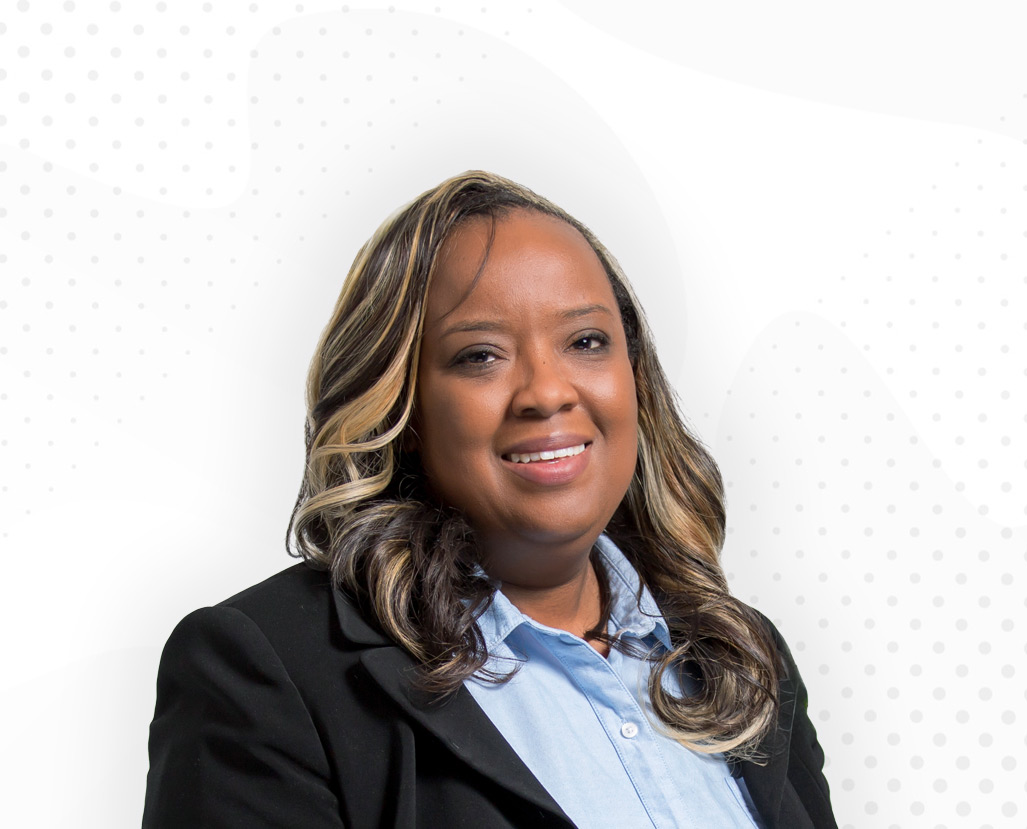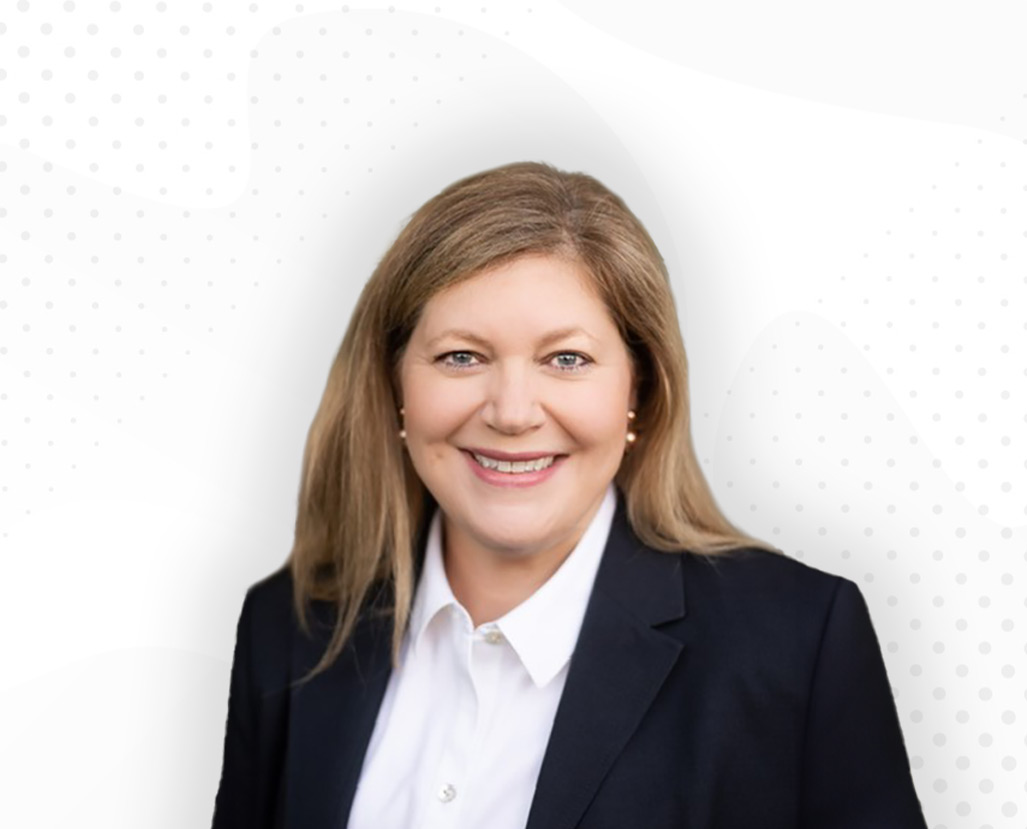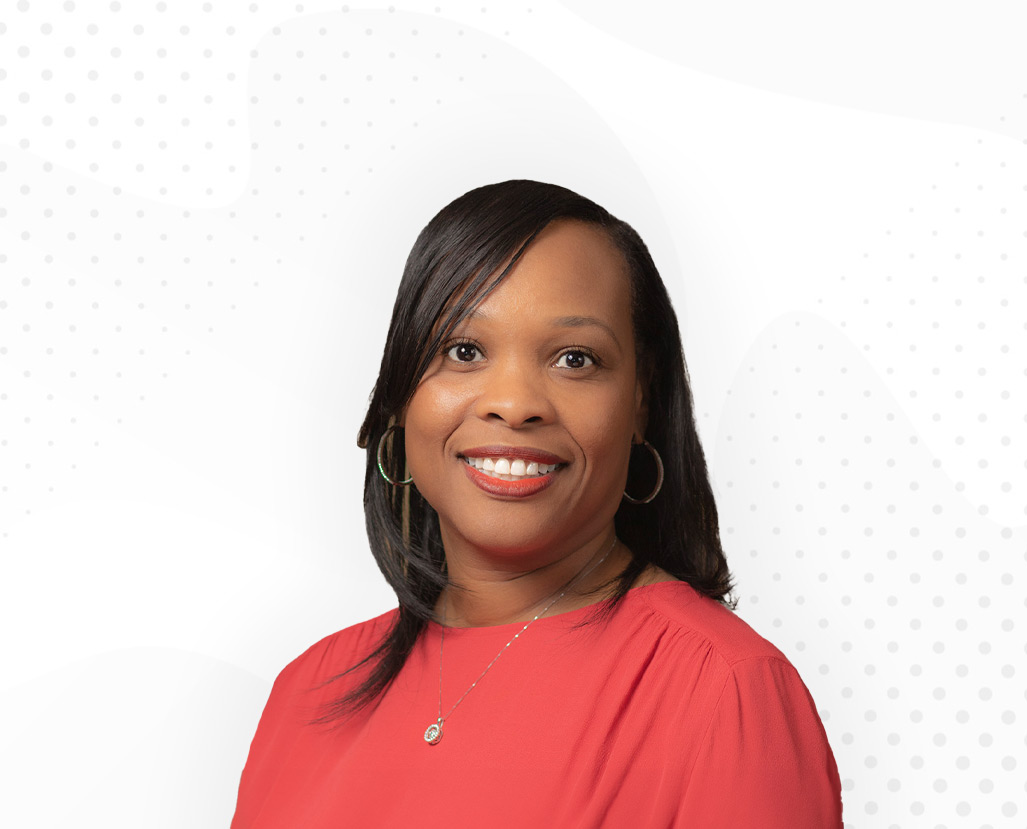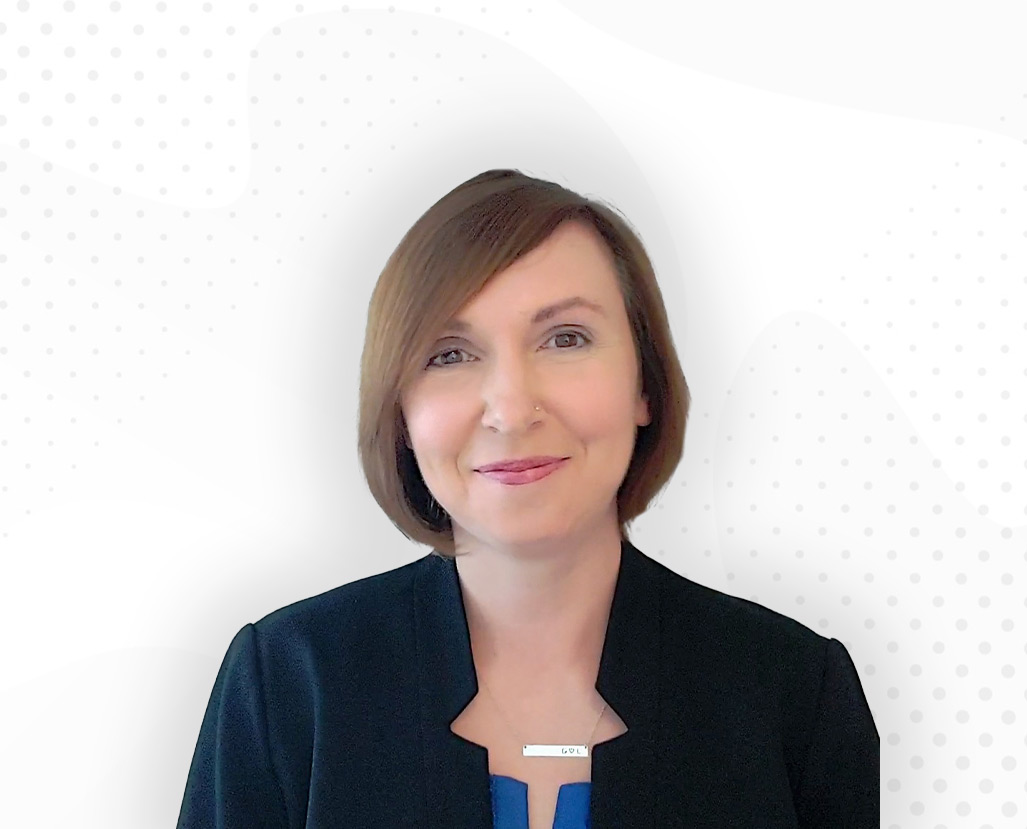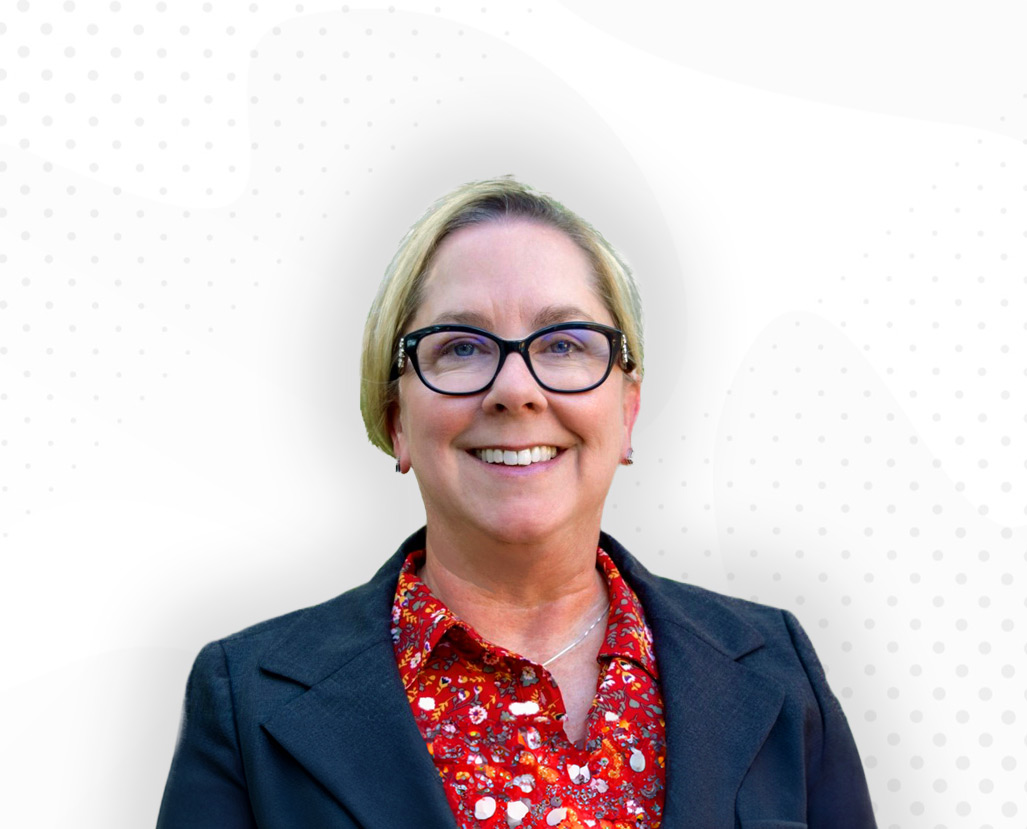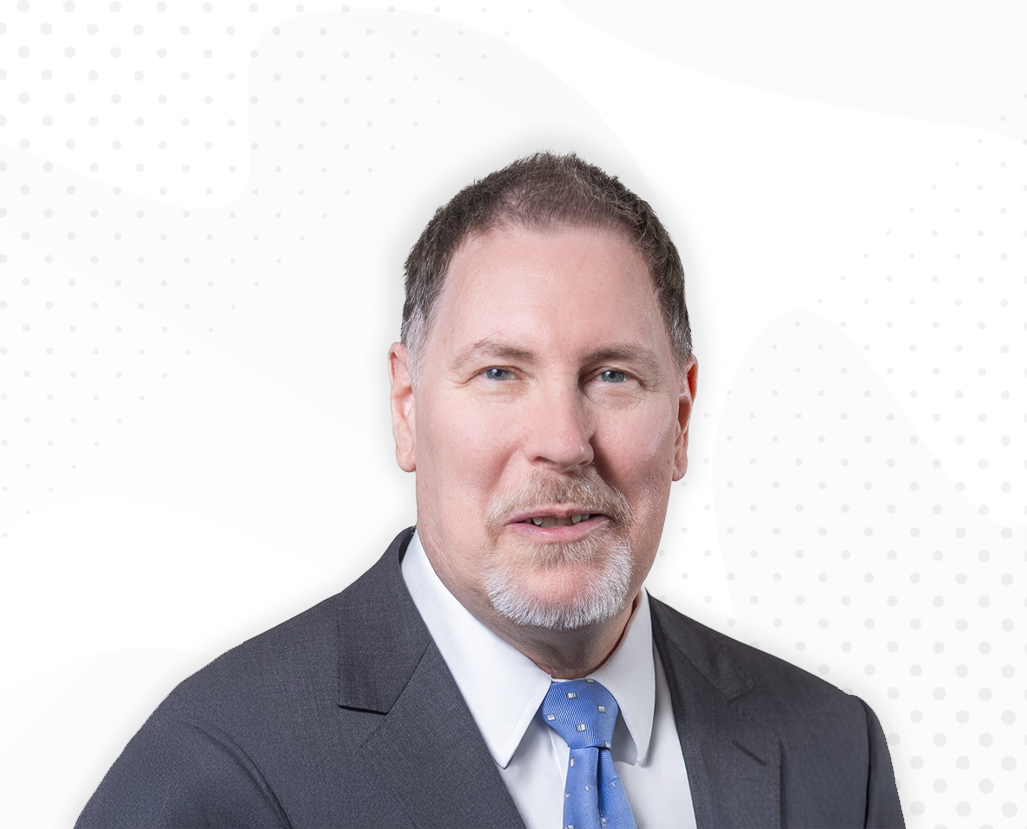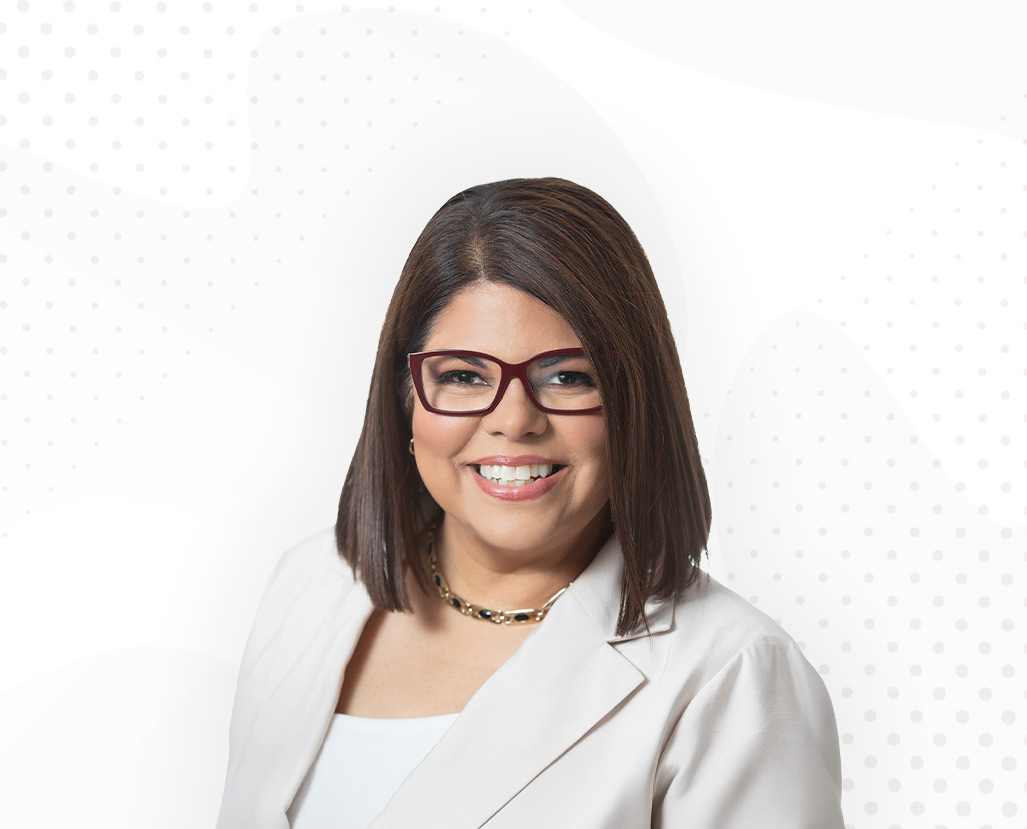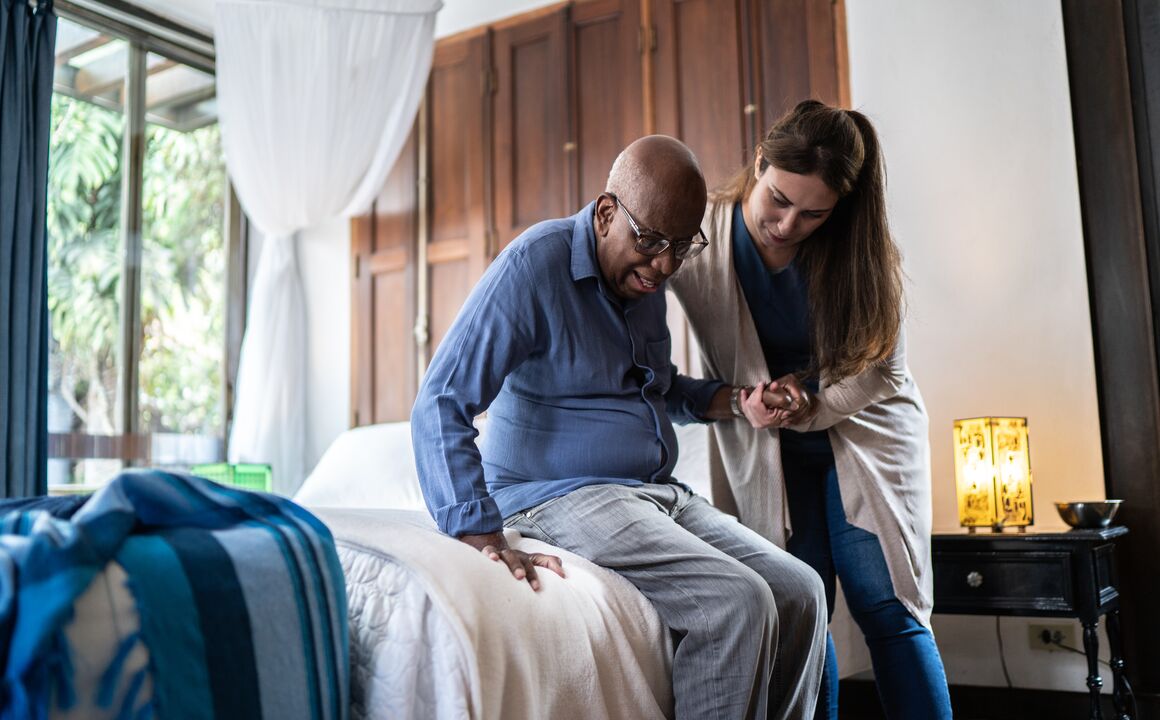At Maximus, we move people forward. For our state and local government team, this means efficiently and effectively connecting people across all 50 states to essential government programs and services. By modernizing programs and enhancing the government customer experience, we help streamline services and engagement. By facilitating access to quality health insurance coverage and assessing individuals with complex needs, we help improve access to care. And by providing workforce development and housing support, we help improve economic stability.
Making an Impact
Behind our innovative work are people from all areas of our organization whose life experiences and perspectives deepen our collective impact.
Jeremy Toulouse
Following nearly 30 years in public service, Jeremy’s vision for child support was clear: transforming the focus of programs from enforcement to empowerment requires strong engagement strategies. As he helps IV-D leaders modernize their programs, he encourages them to adopt innovative, family-focused solutions and streamline processes.
Read more about Jeremy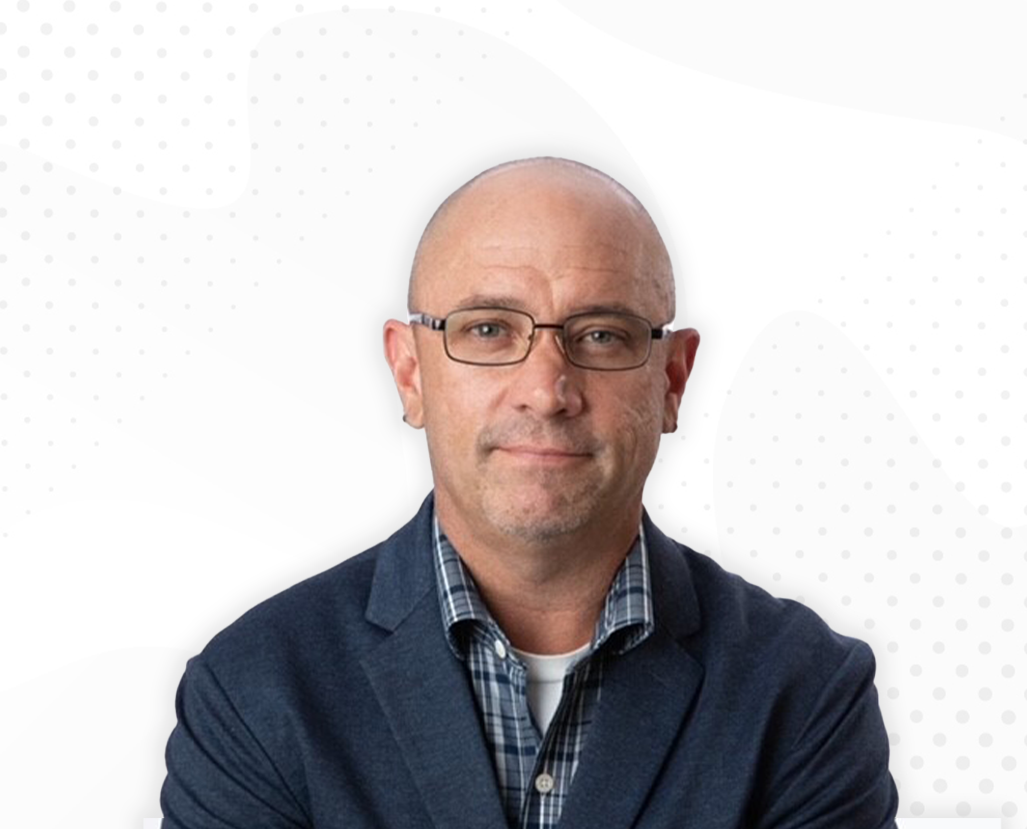
Meet some members of our purpose-driven team as they make an impact in the service delivery of state and local government programs.
See the impact of an enhanced government customer experience.
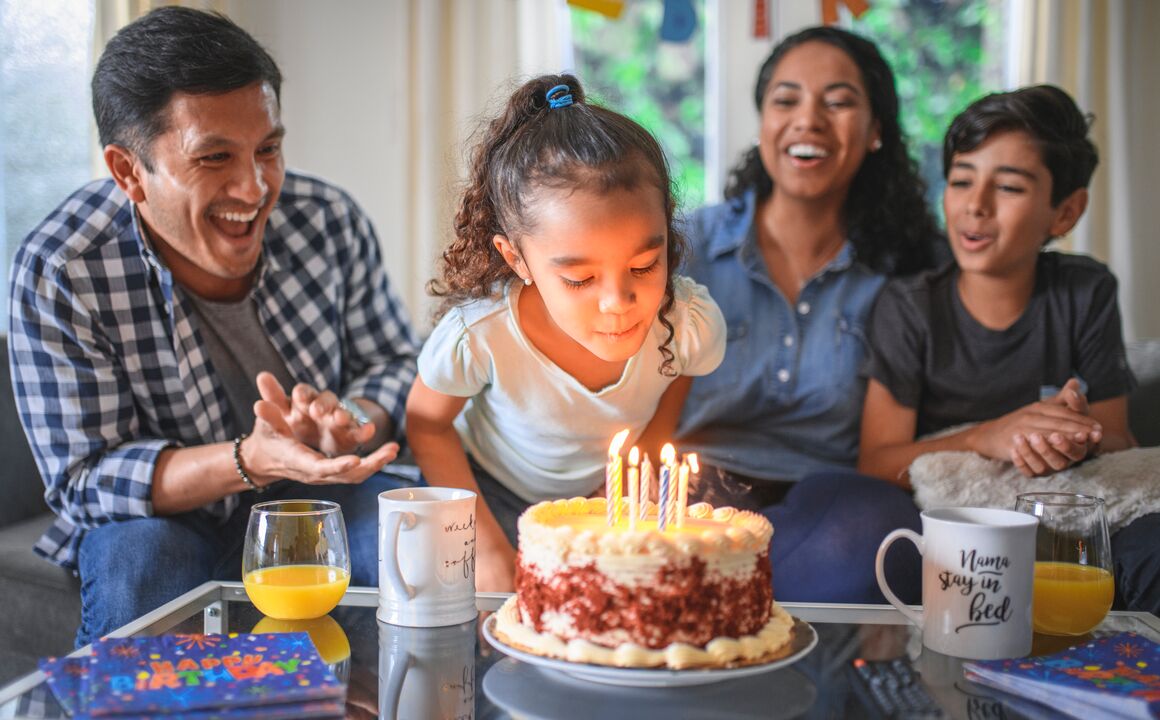
Streamlined services for Texans
We helped streamline state social safety-net programs that help millions of Texans access affordable medical care and support services, buy healthy food, and cover other basic needs.
